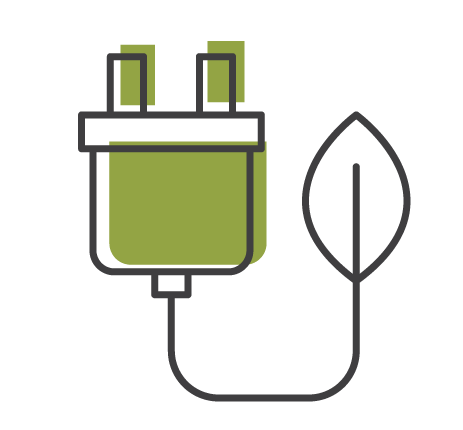D-Day for public comment on Govt's proposed Electricity Plan amidst Cabinet reshuffle chaos
- Published:
NEWS RELEASE 31 MARCH 2017
D-DAY FOR PUBLIC COMMENT ON THE GOVERNMENT’S PROPOSED ELECTRICITY PLAN AMIDST CABINET RESHUFFLE CHAOS
The Cabinet reshuffle announced by President Zuma last night saw both the Finance Minister, Pravin Gordhan – who has been adamant that the country would not finance nuclear if it was unaffordable – and his deputy being replaced with Malusi Gigaba and Sifiso Buthelezi, respectively. The Minister of Energy has also been replaced, as well as both the Minister and Deputy Minister of Communications, the latter having been a vocal pro nuclear MP on the Energy Portfolio Committee in Parliament.
“This reshuffle seems to position pro-nuclear supporters in key decision-making positions within government and seems to lay a strong foundation which is aimed at pushing through nuclear, no matter the cost to the people.” Said Kumi Naidoo in a statement this morning.
Today also marks the last day for public comment on the contentious electricity plan proposed by the Department of Energy (DoE). In a bid to persuade government to abandon their nuclear plans, the Southern Africa Faith Communities’ Environment Institute (SAFCEI) and their anti-nuclear supporters have been working tirelessly to create widespread public awareness about the plan – a plan which they say has been manipulated to ensure the outcome includes nuclear, despite it being the more expensive option.
Says Naidoo, “If we invest in people we can build an economy for the people of South Africa. Investing R1trillion in social grants for example, would give every grant holder an extra R500 in their pockets per month, for ten years. This can then be spent in the community, to develop sustainable livelihoods that include affordable energy. Looting the country to benefit the elite, seems to be the order of the day. Ordinary South Africans need to stand up to this bullying and daylight robbery.”
Naidoo says that the Integrated Energy Plan (IEP) has been manipulated and as a result the energy planning model that is corrupt and unconstitutional, and should therefore be rejected.
“There is no transparent, evidence-based report that provides a rationale for the manipulations of the draft IRP. Earthlife-Africa and SAFCEI’s court challenge on the government’s nuclear procurement argued a number of unlawful actions by government have taken place, directly undermining our democratic governance and constitution. Government has not provided sufficient detailed evidence for its conclusions,” says Naidoo.
Naidoo says, “What was supposed to be a reliable mathematical model which considers a number of diverse variables, to come up with an energy mix that would be in the public interest – now becomes a corrupt tool used to motivate questionable government decisions. The current proposed plan does not contribute to the empowerment of average citizens, but is rather a top-down, expensive and centralized approach that will negatively affect state spending on basic services. SAFCEI believes that distributed renewable energy provides the most hope for a just energy transition that will lead to true people’s power.”
Professor Stephen Thomas, a Nuclear Economics Expert from the University of Greenwich in London, expresses concern over the South African government’s decision to compromise the accuracy of the results of the model, by imposing a particular technology. He adds that new nuclear capacity has never formed part of the model’s least-cost plan for the country, however, due to Ministerial Determinations, it has now been included.
“Another concern is that of safety, especially since the Fukushima and other nuclear disasters. While the SA government have confirmed that it would only consider reactor designs that met the latest standards, it is worrying that the DoE and Eskom are rushing their plans, even though none of the designs that might be ordered for South Africa (which meet the requirements of international regulators) have yet been proven in operation,” says Prof. Thomas.
“Experience with current designs is poor, typically with long delays and cost over-runs. The ones that have been fully evaluated come from vendors whose financial situations are questionable, making these less viable options. The other designs are probably at least five years from completion of safety reviews,” adds Prof. Thomas.
Naidoo adds, “While it is not clear how the nuclear externalities have been included in this draft of the IEP, one has to give consideration to these. Given the number of historical nuclear accidents and the environmental damage from uranium mining - essential for any nuclear power plant - this would be unacceptably high.”
Since renewable energy (RE) prices have fallen, the current proposed plan lacks foresight and vision, and ignores international energy trends and pricings. Other countries in the world have created sustainable livelihoods and jobs from renewable energy, and South Africa government data show that it has already created more than 43000 construction jobs and more than 55000 operational jobs in the short time that solar and wind farms have been operating. Ten times more jobs could be possible if we transition to 100% renewables.
For more information on the anti-nuclear campaign and also how the nuclear deal affects South Africans, check out the Facebook page Stop the Secret Nuclear Deal or go to the website http://nuclearcostssa.org/. You can also join the conversation, using the hashtag #StopSecretNukeDeal.
The deadline for public comment is today! South Africans are urged to make their comments directly to the DoE’s Mr Jacob Mbele on IRP.Queries@energy.gov.za. Go to http://safcei.org/ for more help making your comment.
ENDS
Issued by Natasha Adonis on behalf of SAFCEI. For further information, Natasha Adonis on 0797 999 654 or email adonisnatasha@yahoo.co.uk
Notes to Editor:
- Nearly a decade ago, the government adopted the Integrated Resource Plans (IRP) method of electricity generation planning. This method is meant to help the DoE meet consumers’ electricity demands, at the lowest cost to the consumer, while also meeting the objectives for reliability, affordability and sustainability.
- However, variables can be manipulated to ensure a particular outcome. For example, ‘the model assumes a typical size reactor (1400MW) would cost R77bn, whereas recent international experience suggests the cost will be more than R110bn,’ while costs for solar and wind were inflated (as another way of influencing the plan). However, even with these inflated costs, the model still rejected nuclear as the least-cost solution.
- In 2014, the Ministerial Advisory Council on Energy (MACE) – comprising a wide range of interests including academics, civil society, labour and engineering expertise – found that SA’s ideal model, with the least cost, ‘does not include any new nuclear power generators’.
- It is important to note that the country’s optimal least-cost mix, provided the model was ‘free of any artificial constraints and before any policy adjustments,’ is one of solar PV, wind and flexible power generators (with relatively low utilisation).’
- Thomas says that, to prevent any conflicts of interest, implementation should be under the control of a public body with no commercial interest in any particular outcome. For example, the National Energy Regulator of South Africa (NERSA) ought to be a neutral body.
Who we are
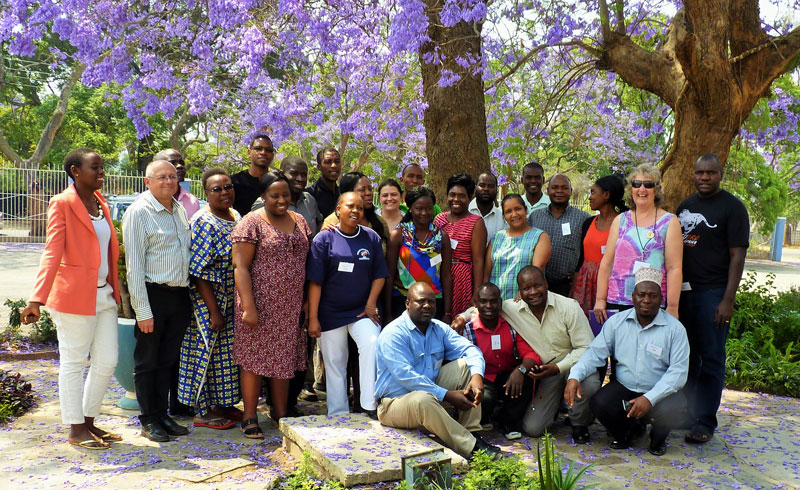
SAFCEI (Southern African Faith Communities’ Environment Institute) is a multi-faith organisation committed to supporting faith leaders and their communities in Southern Africa to increase awareness, understanding and action on eco-justice, sustainable living and climate change.
Featured Articles
-
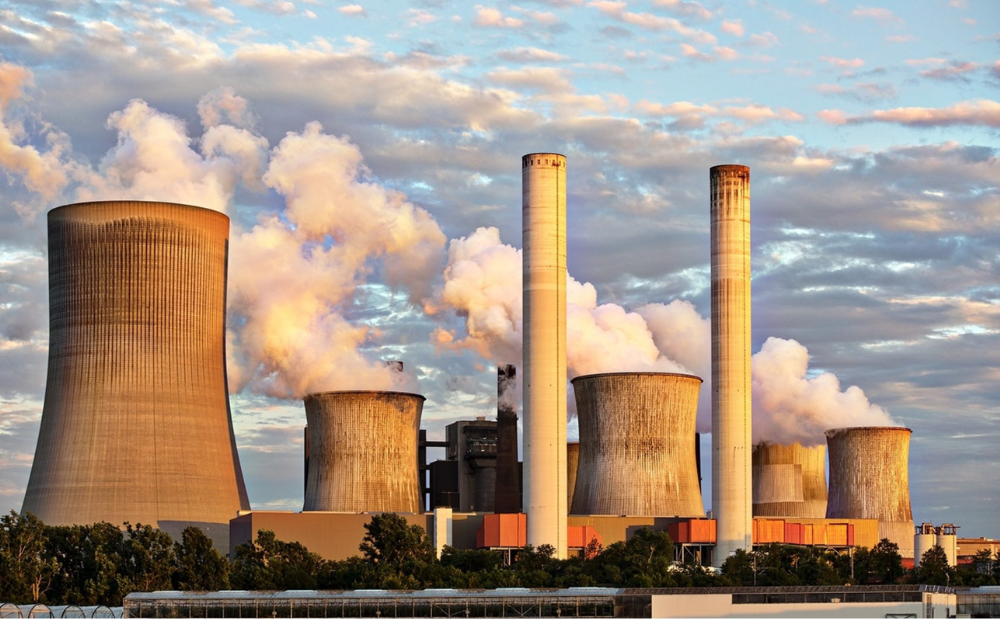
South Africa: Who Ends Up Paying If DMRE Cooks the Price of Nuclear Power?
-
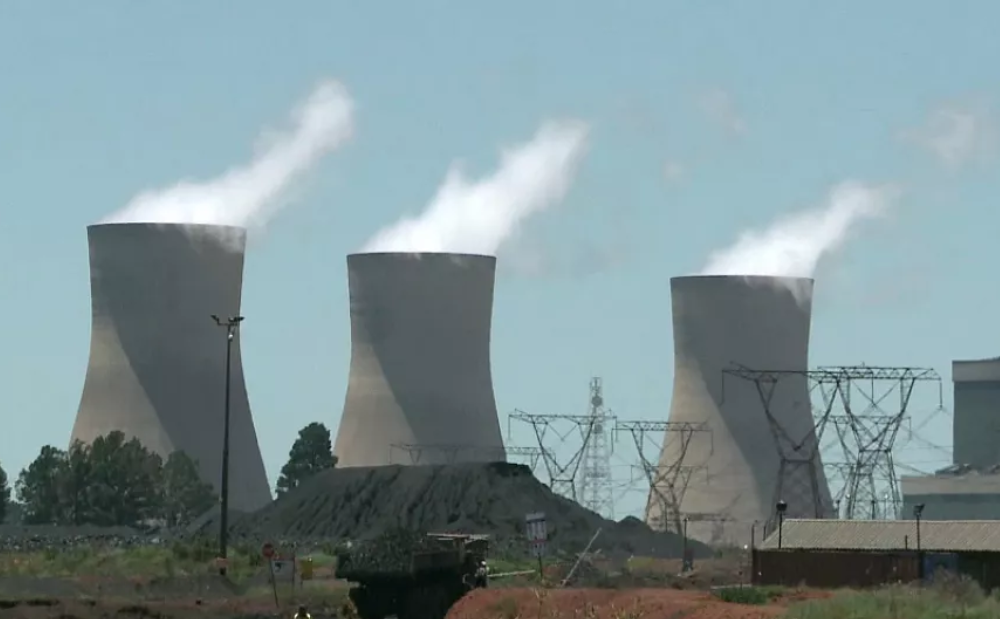
South Africa’s nuclear energy expansion plans continue to draw criticism, environmental NGOs chew over legal challenge
-

Earthlife Africa and SAFCEI respond to latest unsettling nuclear news regarding the ministerial determination
-
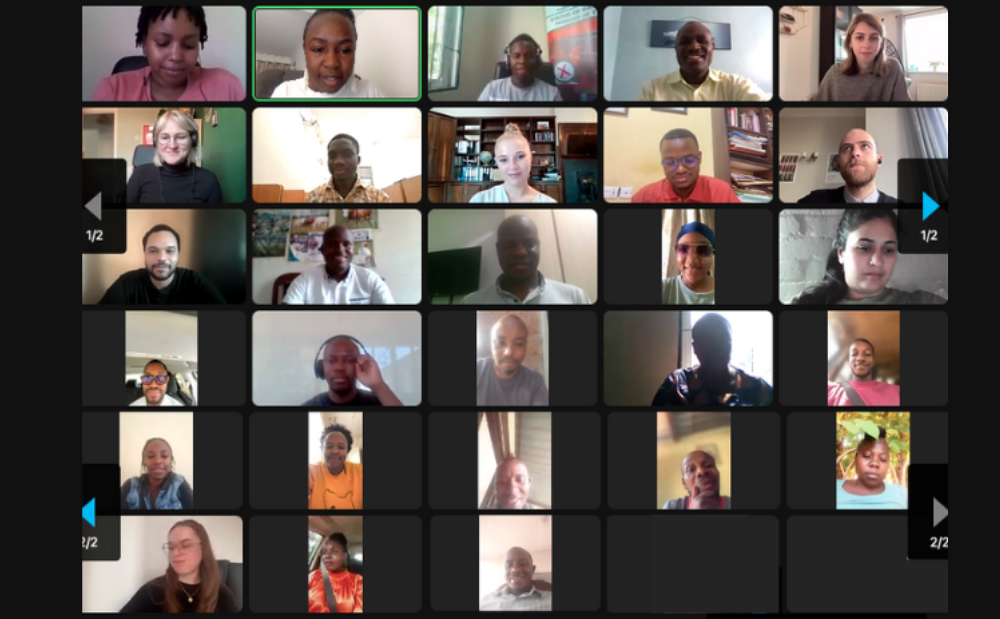
Open Wing Alliance Africa (Virtual) Summit 2023
-
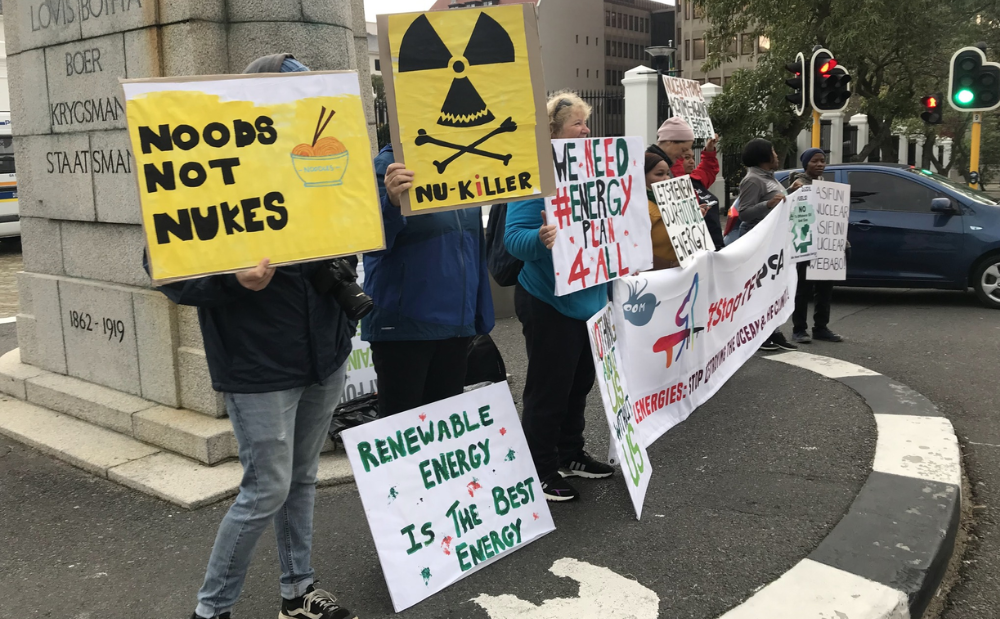
The Green Connection and SAFCEI respond to energy minister's divisive and deflecting comments
-

Job Vacancy: FLEAT Coordinator


